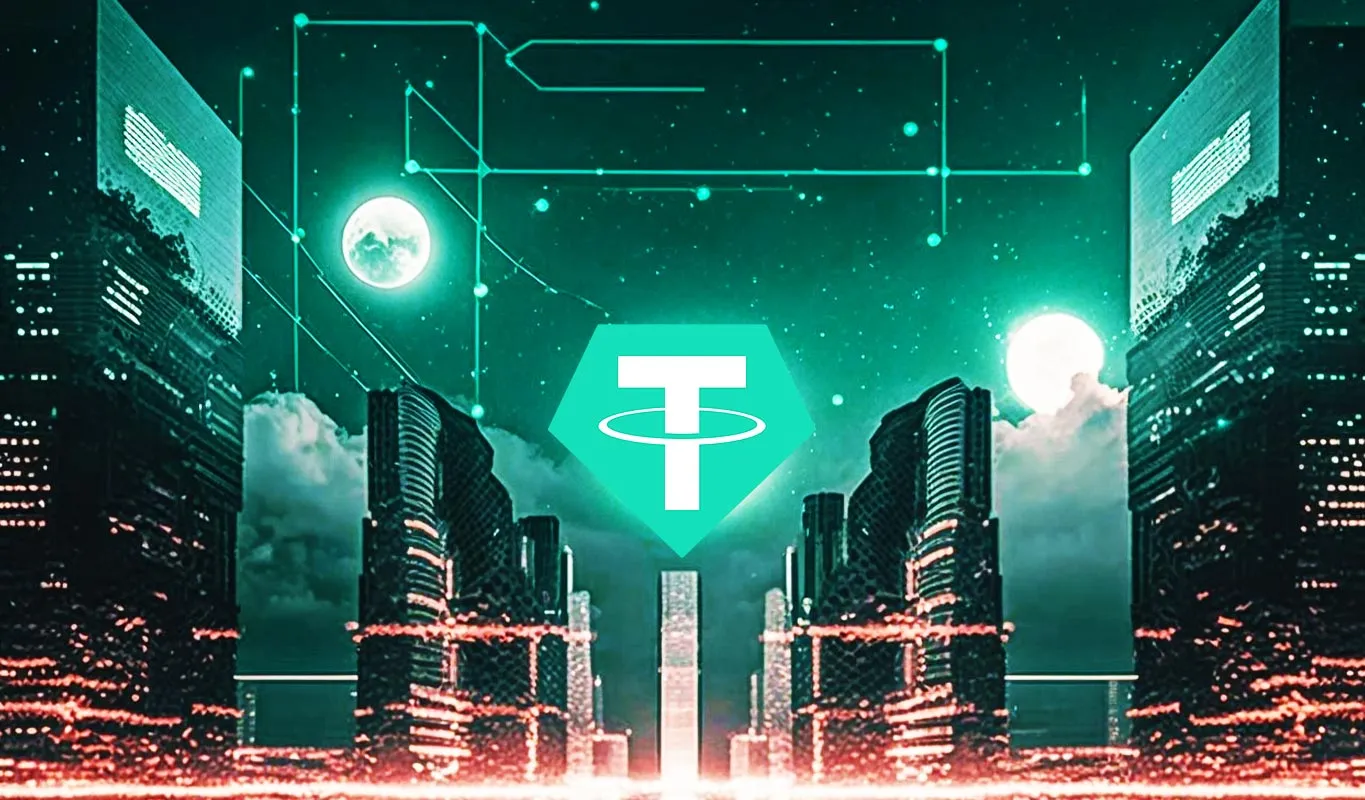Paolo Ardoino, CEO of Tether, the issuer of USDT, the world’s largest stablecoin by market capitalization, has taken a swipe at Digital Currency Group (DCG), a troubled crypto firm currently embroiled in a legal battle with the New York Attorney General (NYAG).
In a post on X on March 11, Ardoino derided DCG following the emergence of newly disclosed court documents. These filings allege that the CEO was short “400 million” USDT amidst rumors of its instability following the collapse of the crypto hedge fund Three Arrows Capital (3AC). Concerned about the potential fallout, DCG and Barry Silbert feared that Tether “would blow up” and opted to hedge risks in an effort to safeguard the company.
The CEO of Tether takes a jab at DCG
Ardoino, pondering the events of mid-2022, remarked that the endeavor served to underscore Tether’s resilience, especially during a period when “almost all other sectors of the crypto industry were experiencing significant turbulence.”
Remember when many of hedge funds shorted $USDt on secondary markets, trying to cause a bank run?
Their only result was proving Tether's resiliency while almost all the rest of the Crypto industry was melting down.
Tether was able to redeem and pay 7B USD in 48 hours and more… pic.twitter.com/HZZXhKkr6b— Paolo Ardoino 🍐 (@paoloardoino) March 11, 2024
The CEO proudly stated that even amidst a flood of redemption requests, the company successfully fulfilled $7 billion worth of redemptions within a span of two days, followed by an additional $20 billion in less than a month. Furthermore, Ardoino affirms that every token in circulation is fully backed by cash and other reserves, such as treasuries. Consequently, each of the over 100 billion USDT in circulation can be exchanged for cash instantaneously.
Taking a bearish position on USDT is not a wise strategy.
Shorting USDT, or betting against its value, may seem like a lucrative strategy to some, but delving deeper reveals a complex landscape fraught with risks and uncertainties. The very idea of shorting a stablecoin, which is designed to maintain a stable value pegged to a fiat currency like the US dollar, raises eyebrows and prompts questions about the underlying motivations and implications.
At its core, shorting USDT involves betting that its value will decrease relative to its pegged fiat currency, typically the US dollar. This could be driven by various factors, such as concerns about the stability or backing of the stablecoin, regulatory scrutiny, or broader market dynamics. However, the decision to short USDT is not one to be taken lightly, as it entails significant risks and potential repercussions.
One of the primary risks associated with shorting USDT is the inherent stability of the stablecoin itself. Unlike volatile cryptocurrencies such as Bitcoin or Ethereum, stablecoins like USDT are intended to maintain a stable value, typically by being backed 1:1 with reserves of the underlying fiat currency. This stability is crucial for their utility as a medium of exchange and store of value, and any perceived threat to this stability could trigger market panic and volatility.
Furthermore, shorting USDT carries the risk of potential regulatory backlash. Stablecoins, especially those operating at a large scale like USDT, are increasingly coming under the scrutiny of regulators around the world. Concerns about financial stability, money laundering, and systemic risk have led authorities to consider imposing stricter regulations on stablecoin issuers and users. Shorting USDT in such a regulatory environment could expose investors to legal and compliance risks, including potential fines or penalties.
Moreover, shorting USDT requires access to sufficient liquidity and borrowing capacity, as well as the ability to accurately time market movements. The stable nature of USDT means that price fluctuations may be less pronounced compared to other cryptocurrencies, making it challenging to profit from short positions. Additionally, the market for shorting USDT may be less developed and more illiquid compared to traditional markets, further complicating the execution of short trades.
In conclusion, while shorting USDT may appear tempting to some investors, it is far from a “brilliant idea” and requires careful consideration of the risks and complexities involved. From concerns about stability and regulatory scrutiny to liquidity challenges and market dynamics, shorting USDT carries significant risks that investors should weigh carefully before taking any action.



